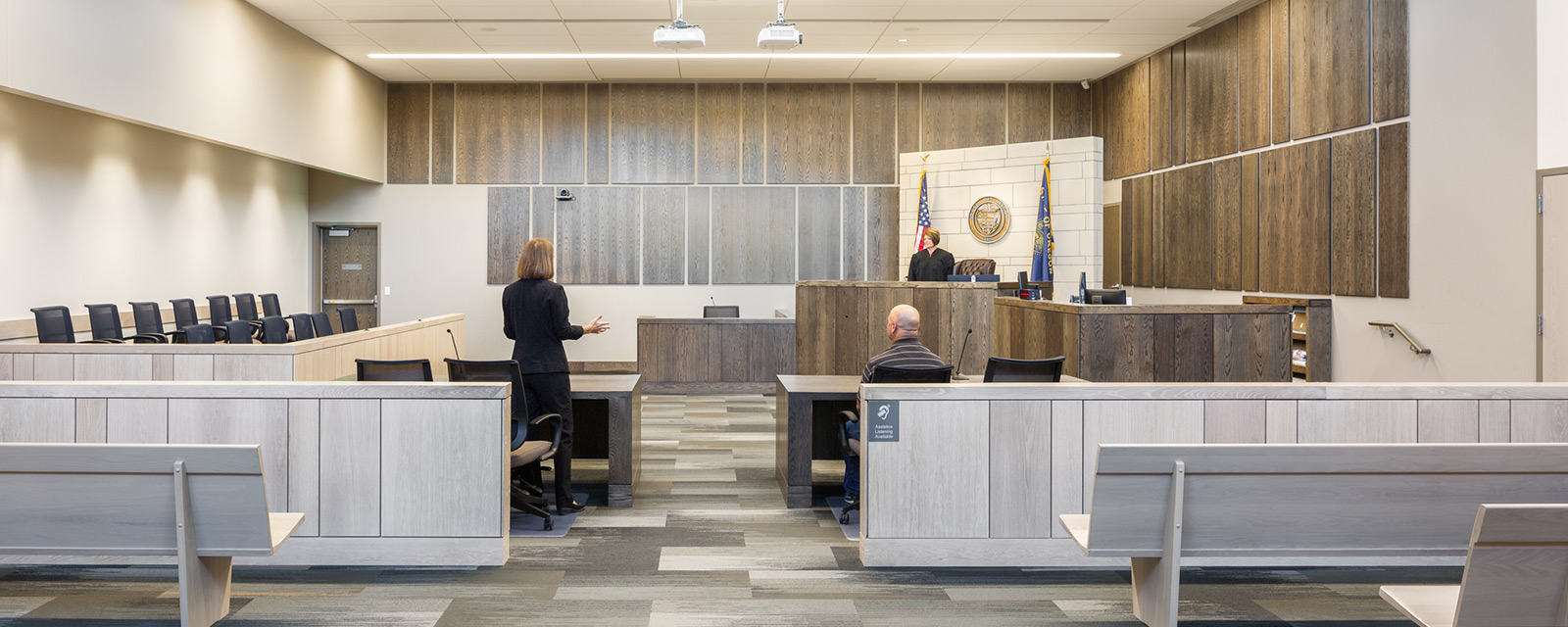Although a courthouse is the place where justice is served, it is also the place where people may experience high levels of stress or emotional upheaval. An individual may be dealing with a variety of traumatic experiences leading up to… Read more »
Features
Addressing the Effects of Vicarious Trauma Experienced by Court Employees
Close contact with trauma survivors is an element of employment that court employees experience regularly. However, most employees, and even court managers, give little thought to the effects this contact may have on their personal and professional lives. Until recently,… Read more »
Crisis Communication: Implementing a Mass Notification System in Your Courthouse
In 2014 the Orange County Superior Court developed a request for proposal to identify a vendor to provide mass notification services. In late 2015 the court implemented a fully functioning mass notification system, called Court Alert. The court has eight… Read more »
Creating a Kinder and Gentler Court
Consider the recent focus on the need to change the manner in which courts deal with litigants. Examples include: new thinking on the use and role of fines, fees, and bail assessments; initiatives that change how courts handle cases (civil,… Read more »
How to Use Words to Build Public Trust in the Courts
It is time to improve the way we communicate information. In 2015 the Conference of State Court Administrators and the Conference of Chief Justices promulgated Joint Resolution #5, calling for the “aspirational goal of 100 percent access to effective assistance… Read more »
Altering Justice: How Court Managers and Administrators Ensure the Right to Counsel and the Fair Administration of Justice
“My actions are my only true belongings. I cannot escape the consequences of my actions. My actions are the ground upon which I stand.” —Thich Nhat Hanh Under the Sixth Amendment of the United States Constitution, a person accused in… Read more »







